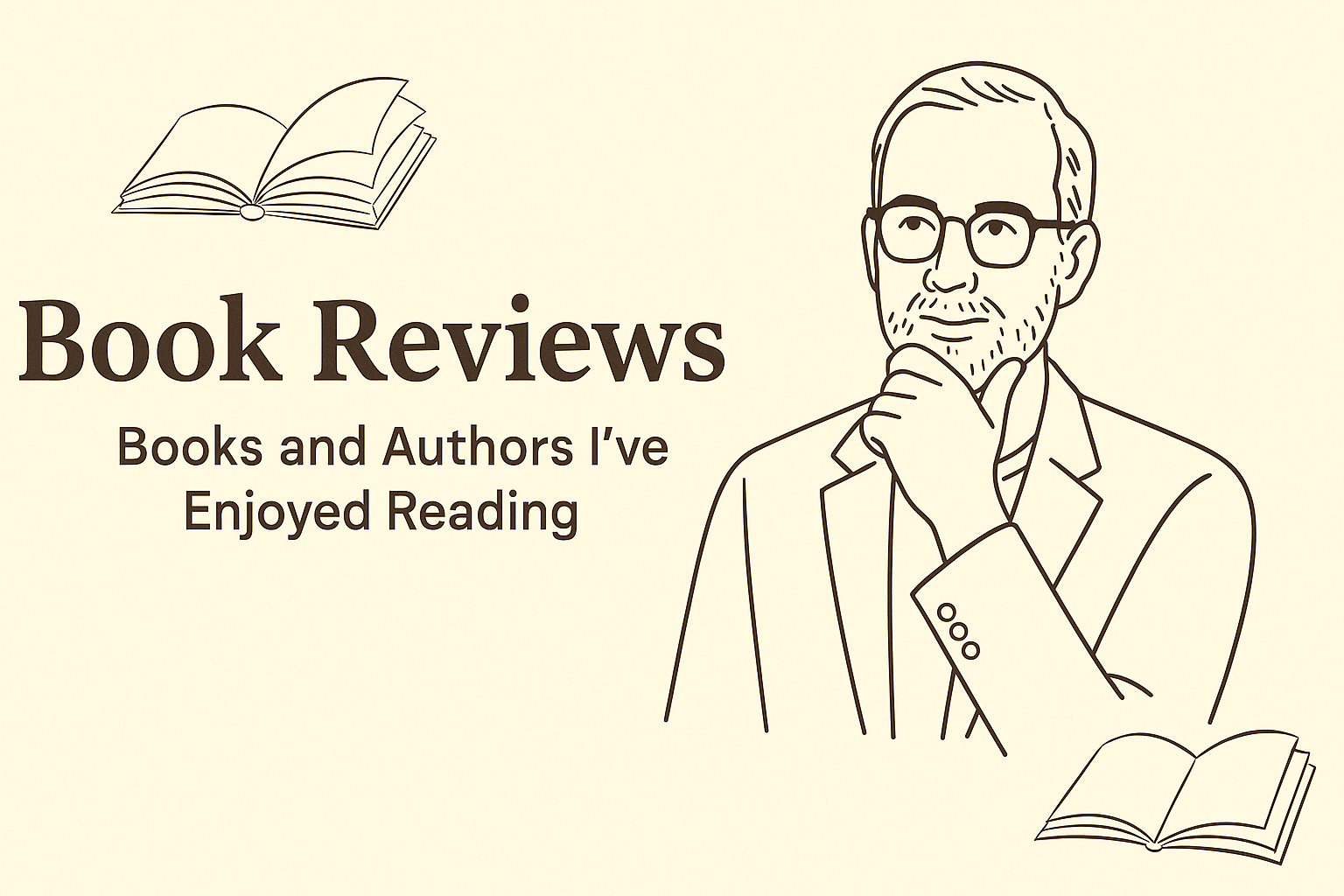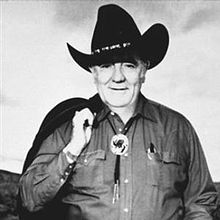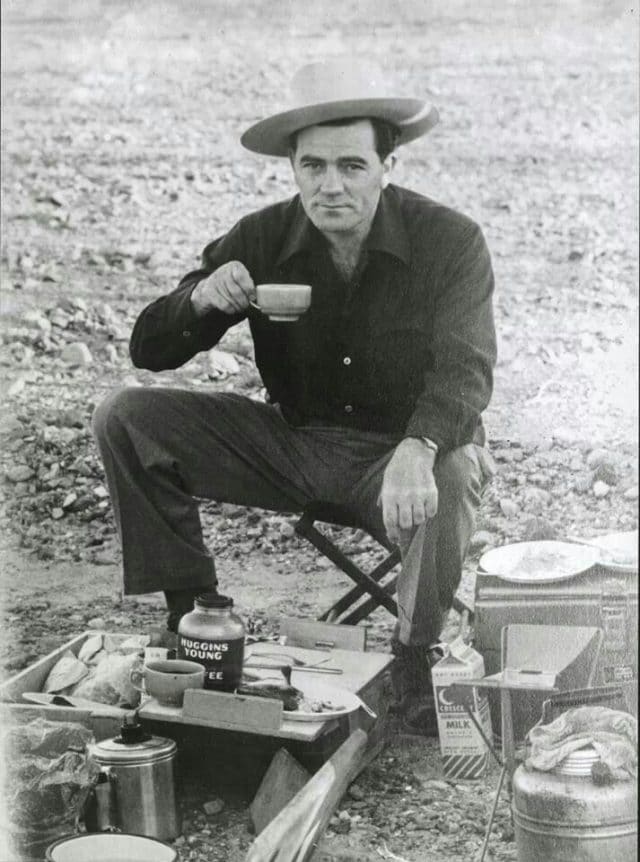Till We Have Faces: A Myth Retold was C.S. Lewis’s last novel and he used it to question about God’s illogical behavior, a subject he had struggled with all his life. The story is about Cupid and Psyche from the Roman novel, “The Golden Ass of Apuleius”. Psyche is beautiful and loved by Cupid. Orual is unattractive, bitter, critical of the gods, and the story sets her on the path of moral development.
The story is set in the fictional city of Glome and the occasional contact the citizens have with civilized Hellenistic Greece. Pagan myths are part of the plot, but introspection into personal failings and shortcomings lead to accepting that caring gods are present in human lives, but it doesn’t resolve the concern that God is impossible to understand. A partial answer comes with this comment: “Prayer doesn’t change God, but it changes me.”
Orual examines her life, to give a just account of cruelties and injustices she has faced and believes she has suffered at the hands of the gods, but with that examination Orual begins to change. She sees her own love for her sister for the first time as the selfishness it really was; she sees in what she thought was only deprivation and pain to also be both the mercy and the justice of the gods.
Orual struggled with the question of “why”? “Why do the gods’ actions in men’s lives seem so incomprehensible and unjust. If the gods are real and good, why don’t they tell us so plainly, and just speak to us? Why can’t they simply reveal things to us, face to face, without leaving us having to depend on faith to believe, rather than to be able to simply see?”
Lewis also uses the story to show that pride, doubt, anger against God, suffering, and selfishness all lead to lives where we make choices, and that those choices have everything to do with who we become in our lives, through our choices?
The conclusion is that to see the face of God, we must be free of duplicities, freed of our pride, freed of the gnawing flaws and poisonous self-centeredness that prevent us from seeing ourselves as we truly are. In the end, “Till We Have Faces” reveals the real challenge of the Beatitudes: “We must be pure of heart before we can see God.” Until we are pure in heart, and have learned from our choices, we won’t have faces that reflect who we really are.
Quotes
“I was with book, as a woman is with child.”
“It was when I was happiest that I longed most...The sweetest thing in all my life has been the longing...to find the place where all the beauty came from.”
“When the time comes to you at which you will be forced at last to utter the speech which has lain at the center of your soul for years, which you have, all that time, idiot-like, been saying over and over, you'll not talk about the joy of words. I saw well why the gods do not speak to us openly, nor let us answer. Till that word can be dug out of us, why should they hear the babble that we think we mean? How can they meet us face to face till we have faces?”
“Death opens a door out of a little, dark room (that's all the life we have known before it) into a great, real place where the true sun shines and we shall meet.”
“Holy places are dark places. It is life and strength, not knowledge and words, that we get in them. Holy wisdom is not clear and thin like water, but thick and dark like blood.”
“Are the gods not just? Oh no, child. What would become of us if they were?”





































































